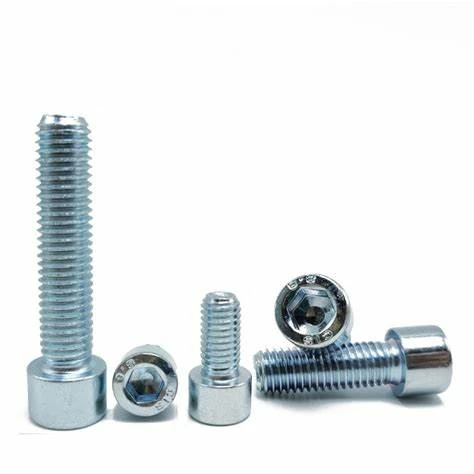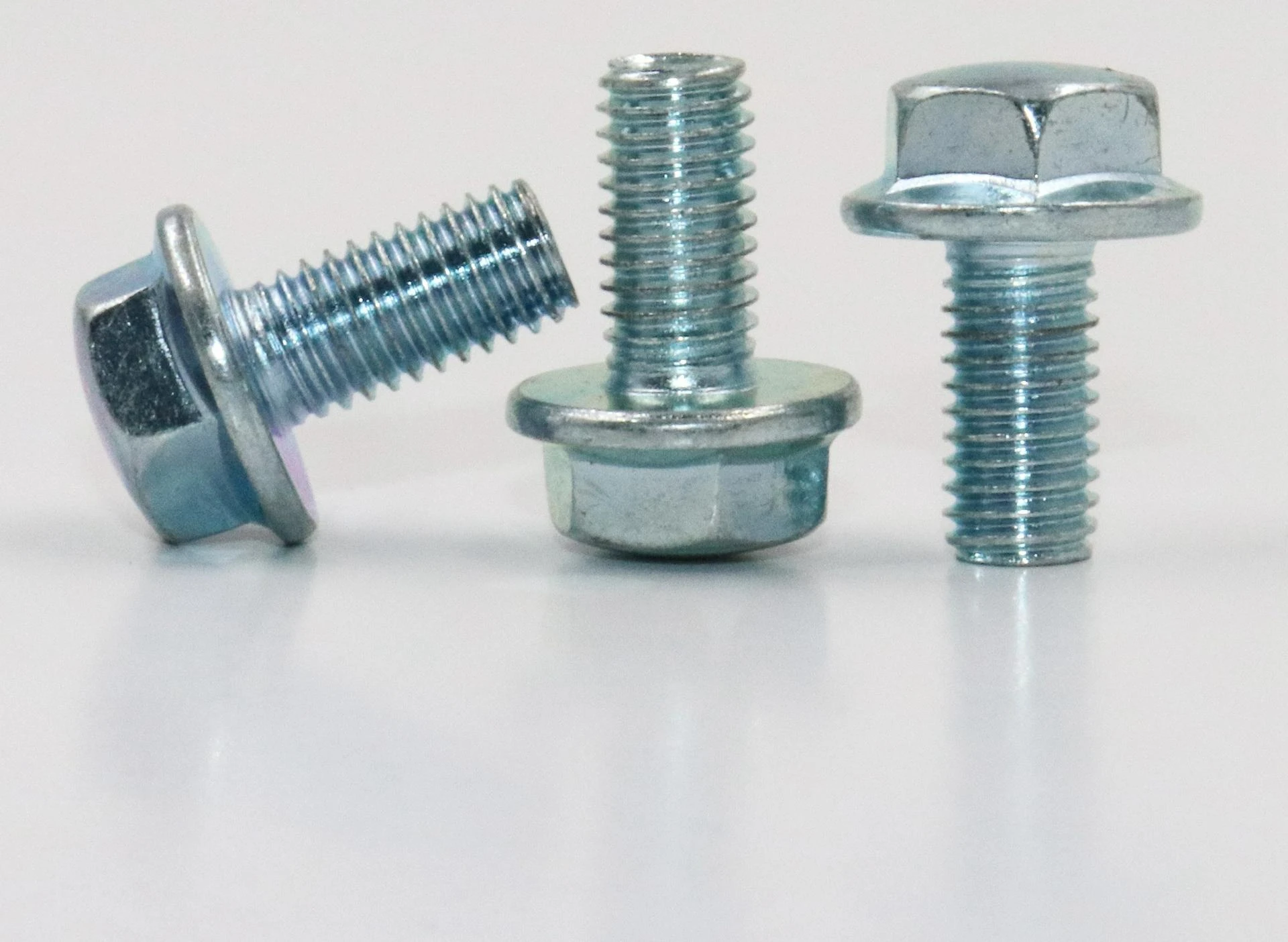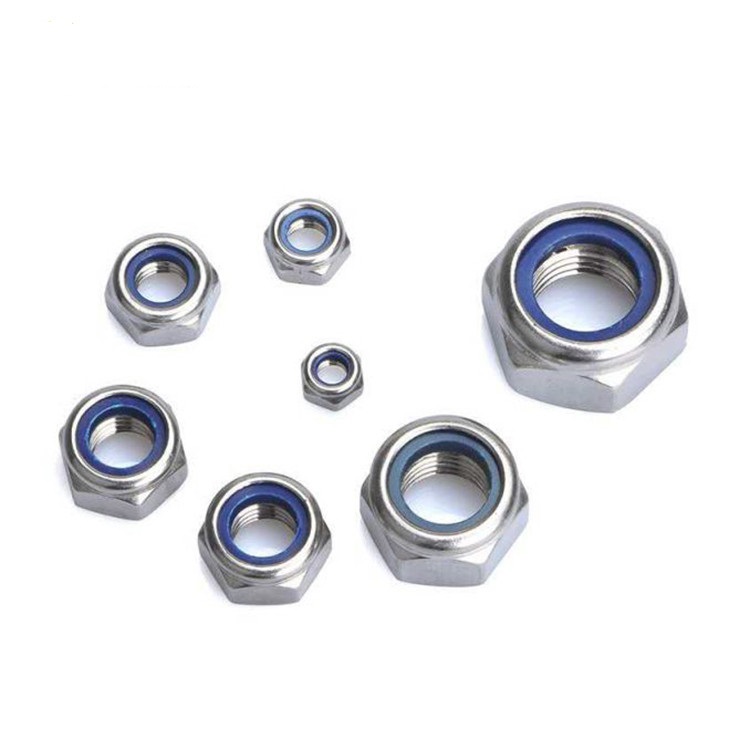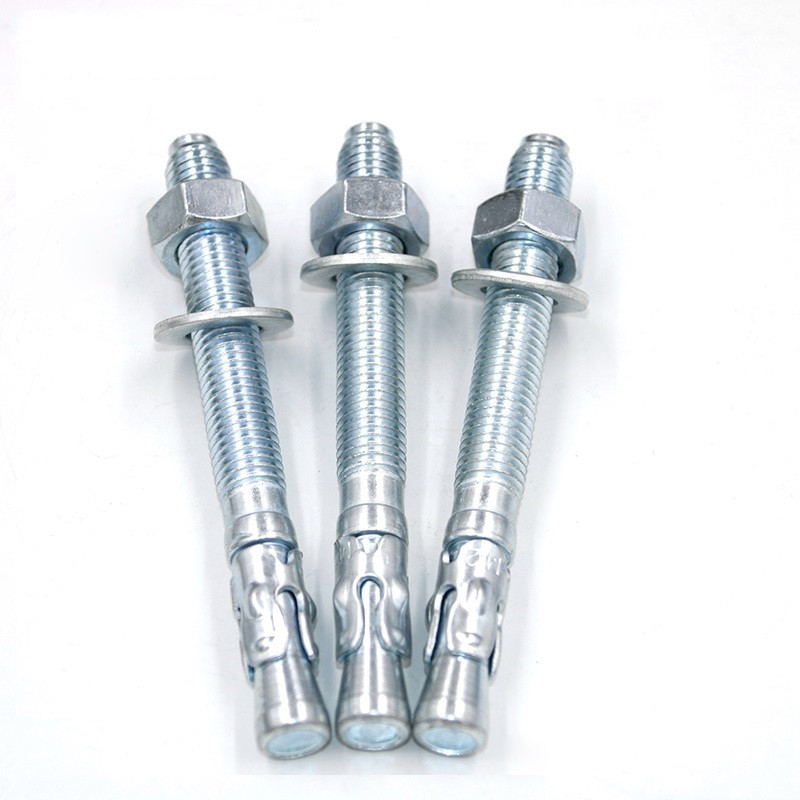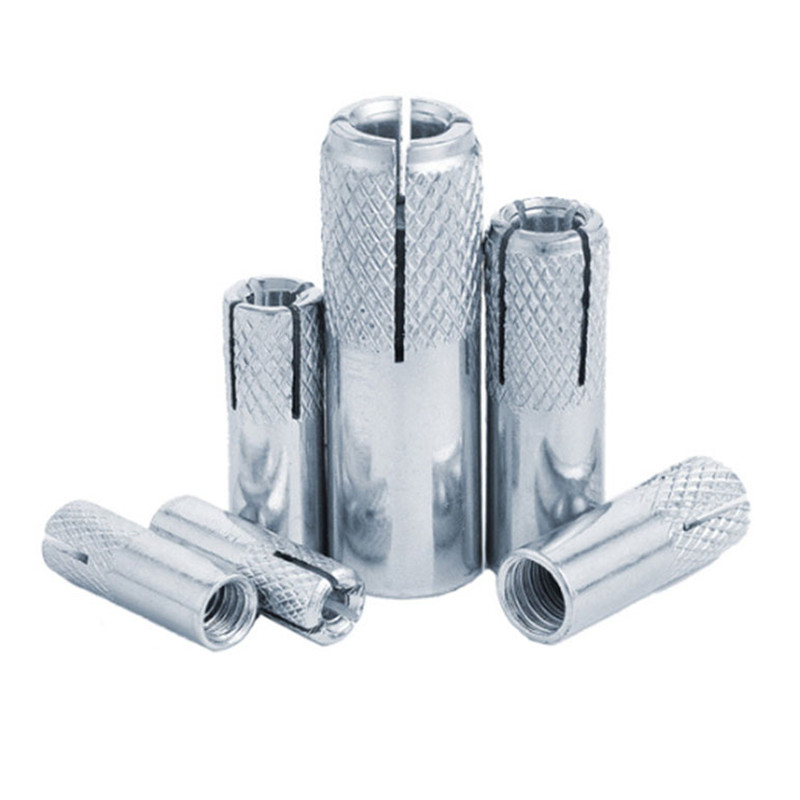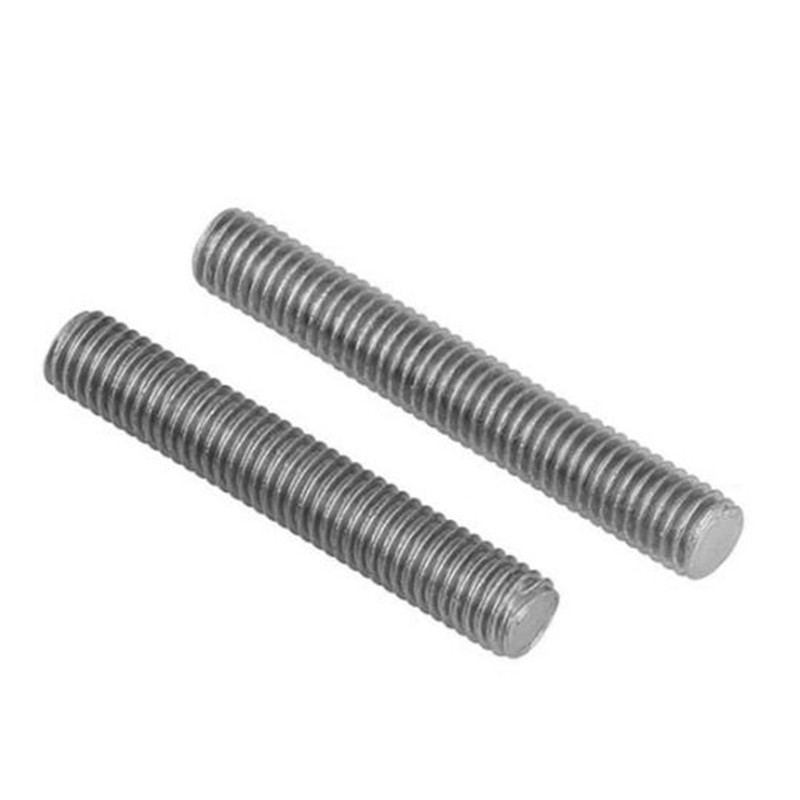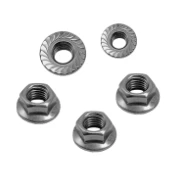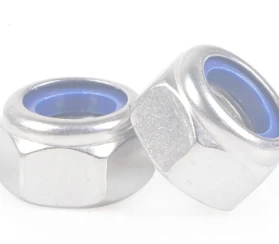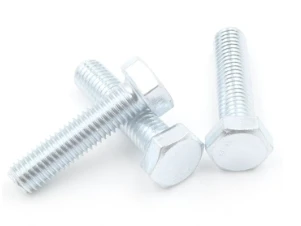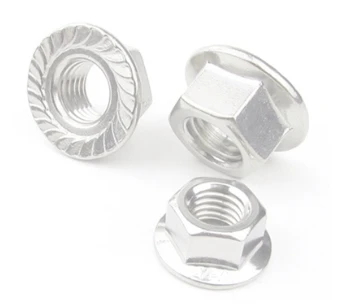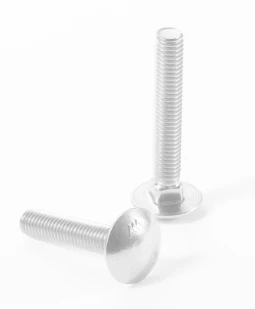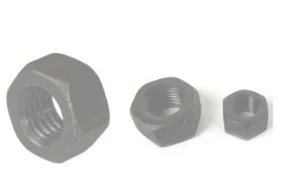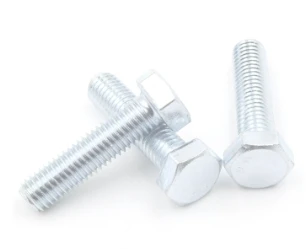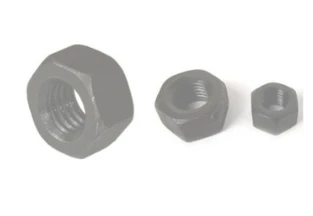Proper maintenance of mild steel hex bolts is crucial to ensure their longevity and reliability in various applications. Whether used in construction, automotive, or industrial settings, these bolts need regular care to prevent corrosion, maintain strength, and ensure safety. In this comprehensive guide, we will explore essential maintenance tips for mild steel hex bolts, including how to inspect, clean, and protect them. We will also touch on specific considerations for bolts that adhere to standards such as DIN 933 and DIN 933 M10, which are widely used in many industries.
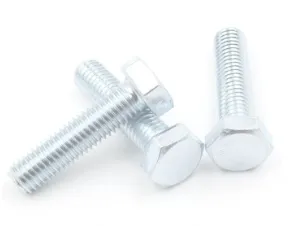
Inspecting Mild Steel Hex Bolts for Damage
Regular inspection of mild steel hex bolts is the first step in effective maintenance. Look for signs of corrosion, such as rust or flaking, which can weaken the bolt and compromise its integrity. Check for any visible cracks or deformations that might have occurred due to excessive force or wear. Pay close attention to the threads, as damage here can affect the bolt's ability to hold securely. If you notice any significant damage, it is best to replace the bolt to avoid potential failure. For bolts that follow the DIN 933 standard, ensure that the dimensions and specifications match the required criteria to maintain compatibility and functionality.
Applying Protective Coatings to Mild Steel Hex Bolts
Protective coatings are a vital part of maintaining mild steel hex bolts. Applying a layer of anti - rust paint or a corrosion - resistant coating can significantly extend the life of the bolts. These coatings create a barrier against moisture and other environmental factors that can cause rust. For bolts that are frequently exposed to harsh conditions, consider using a high - performance coating specifically designed for industrial use. Additionally, ensure that the coating is compatible with the DIN 933 standard if you are working with bolts that adhere to this specification. Properly applied coatings can provide long - lasting protection and reduce the need for frequent replacements.
Lubricating Mild Steel Hex Bolts for Smooth Operation
Lubrication is another important aspect of maintaining mild steel hex bolts. Applying a suitable lubricant to the threads and under the bolt head can reduce friction and prevent seizing. This is particularly important for bolts that are subjected to frequent tightening and loosening or those that are exposed to high - vibration environments. Choose a lubricant that is compatible with the metal and the operating conditions. For example, in high - temperature applications, a heat - resistant lubricant should be used. Regular lubrication ensures smooth operation and makes it easier to remove or adjust bolts when necessary.
Storing Mild Steel Hex Bolts Properly
Proper storage of mild steel hex bolts is essential to maintain their quality and prevent damage. Store bolts in a dry, cool place away from moisture and direct sunlight. Use plastic bags or containers to keep them protected from dust and debris. Label the storage containers with the bolt size and specification, such as DIN 933 M10, to ensure easy identification and proper usage. Organizing your bolts by size and type can also help streamline maintenance and replacement processes.
Mild Steel Hex Bolts FAQS
How Often Should I Inspect Mild Steel Hex Bolts?
The frequency of inspection for mild steel hex bolts depends on the environment and application. In harsh conditions or critical applications, it is recommended to inspect bolts at least quarterly. For general use, a bi - annual inspection may suffice. Regular inspection helps identify potential issues early and prevents unexpected failures.
What Is the Best Way to Remove Rust from Mild Steel Hex Bolts?
The best way to remove rust from mild steel hex bolts is to use a wire brush to scrub away surface rust. For more stubborn rust, apply a rust - removing solution and allow it to sit for a short period before scrubbing again. Always rinse and dry the bolts thoroughly after cleaning to prevent further corrosion.
Can I Use Any Lubricant on Mild Steel Hex Bolts?
Not all lubricants are suitable for mild steel hex bolts. Choose a lubricant that is specifically designed for metal and is compatible with the operating conditions. Avoid using oil - based lubricants in environments where they may attract dirt or dust. Instead, opt for dry - film lubricants that provide a thin, protective layer without attracting contaminants.
How Can I Prevent Seizing of Mild Steel Hex Bolts?
To prevent seizing of mild steel hex bolts, apply a suitable lubricant to the threads and under the bolt head. Regular lubrication reduces friction and makes it easier to tighten and loosen bolts. Additionally, ensure that bolts are tightened to the correct torque specifications to avoid over - tightening, which can also lead to seizing.
Where Can I Find High - Quality Mild Steel Hex Bolts That Meet DIN 933 Standards?
High - quality mild steel hex bolts that meet DIN 933 standards can be found at specialized hardware stores or online retailers. Look for reputable brands that offer a wide range of sizes and specifications. Reading customer reviews and product specifications can help you make an informed decision. Additionally, consider visiting our company website, where we offer a wide range of mild steel hex bolts that adhere to DIN 933 and other international standards. Our team of experts is ready to assist you in finding the perfect products for your needs.
For more information on maintaining and selecting high - quality mild steel hex bolts, visit our company website. We offer a wide range of bolts that meet DIN 933 and other standards, ensuring reliability and performance in all your projects. Our team of experts is ready to assist you in finding the perfect solutions for your needs.
Post time: Avq . 04, 2025 13:45


